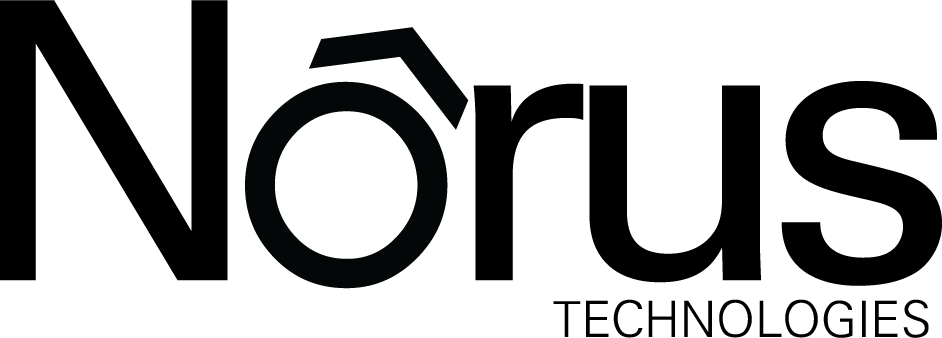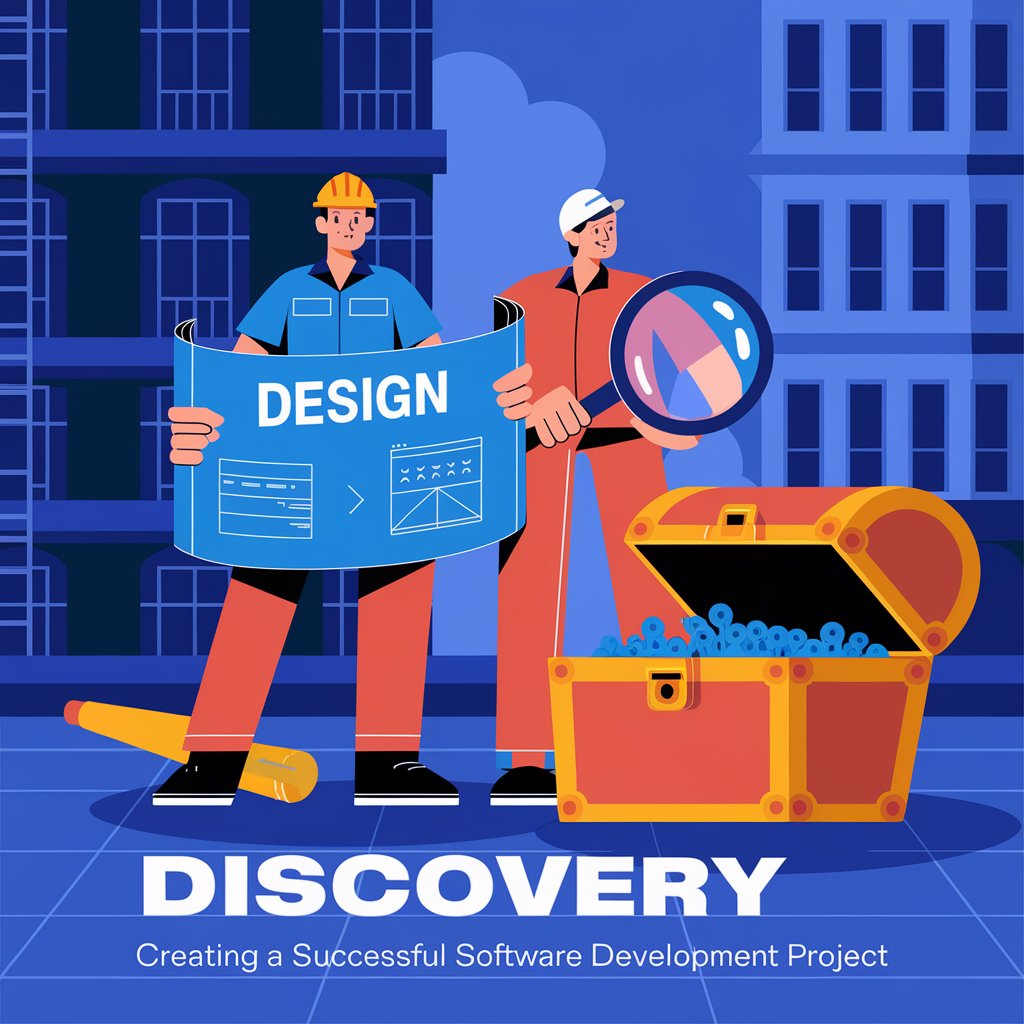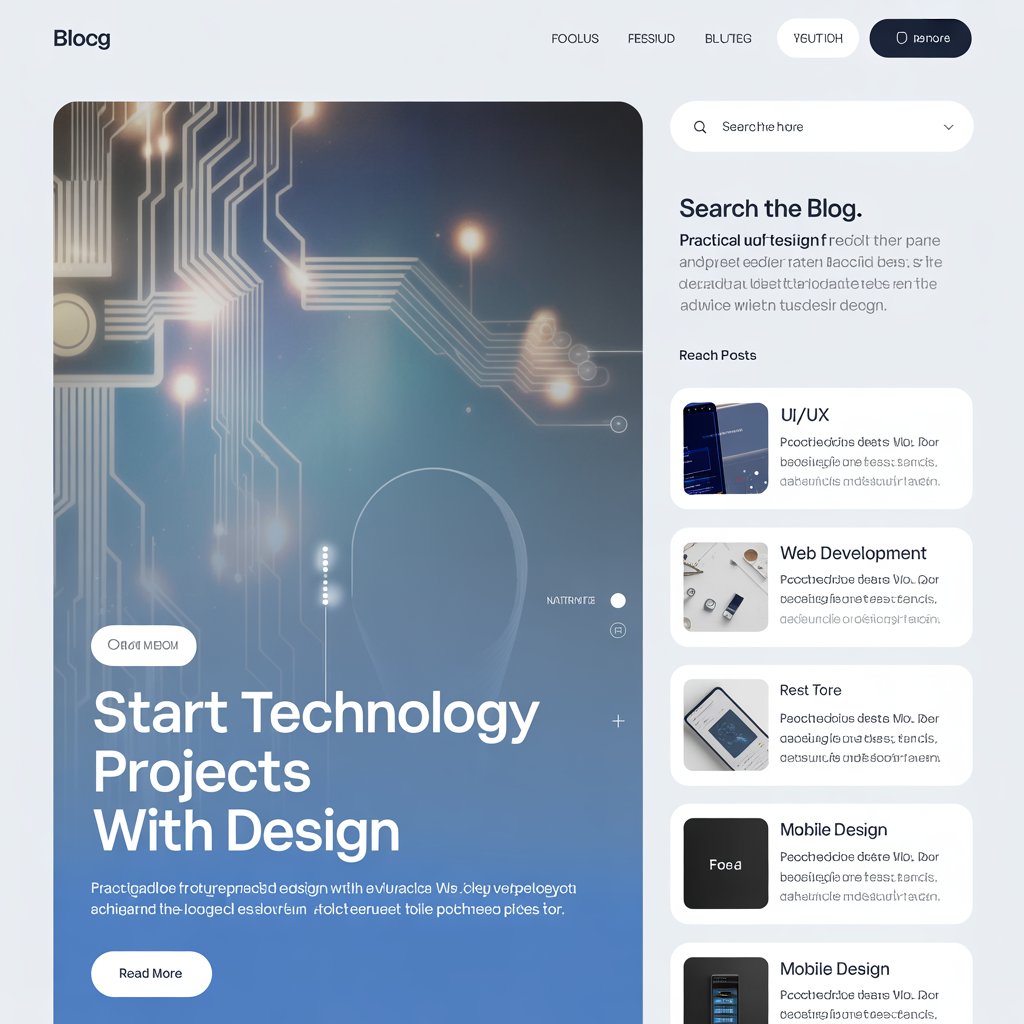Why Rushing into Development is a Costly Mistake
Picture this: A client hires a development team to build a custom software solution. Excited to move quickly, they dive straight into coding without fully defining the requirements or visualizing the end product. A few weeks in, confusion arises—stakeholders have different interpretations of the project’s goals, developers hit unexpected roadblocks, and features need constant revision. Deadlines slip, costs soar, and frustration mounts.
This is the reality for many software projects that skip the design and discovery phase. Without a clear plan, teams risk misalignment, scope creep, and costly rework.
So, what’s the alternative? A structured approach to aligning goals, defining technical scope, and leveraging visual designs before development even begins.
Let’s break it down.
Getting Everyone on the Same Page
One of the most common reasons software projects fail is misalignment between stakeholders, designers, and developers. When different people have different expectations, things can spiral out of control.
Alignment means ensuring that everyone—clients, product managers, developers, designers, and even end-users—shares the same vision. This includes:
- Defining business objectives: What problem is the software solving?
- Identifying user needs: Who will be using it, and how?
- Understanding technical feasibility: Can it be built within time and budget constraints?
The best way to achieve alignment is through discovery workshops, stakeholder interviews, user research, and early-stage prototyping. By involving all key players from the beginning, misunderstandings are reduced, and the entire team moves forward with clarity.
Defining the Technical Scope in Detail
Jumping into development without a clear scope is like building a house without blueprints. It leads to wasted effort, rework, and budget overruns.
Technical scoping involves:
- Clearly outlining all features and requirements
- Identifying third-party integrations and dependencies
- Mapping out potential technical challenges
- Estimating time, resources, and costs
A well-defined scope keeps developers focused, stakeholders informed, and expectations realistic. It also helps avoid scope creep—where unplanned features keep getting added, leading to delays and increased costs.
Another key player in this process is the technical architect. Their job is to ensure the proposed solution is scalable, maintainable, and technically sound. Without their input, teams risk running into performance issues or security vulnerabilities down the road.
The Role of Visual Design in Bringing Clarity
A well-written technical document is valuable, but let’s be honest—not everyone thinks in terms of code and requirements. This is where visual designs become essential.
By creating wireframes, mockups, and interactive prototypes, teams can bridge the gap between ideas and execution. Visual designs help to:
- Give clients a clear preview of what the software will look like
- Provide developers with concrete UI/UX guidelines
- Allow stakeholders to give feedback before coding even starts
This significantly reduces misinterpretations and last-minute changes, making the entire development process more efficient.
The Cost of Skipping Discovery and Design
Some teams believe skipping the discovery phase saves time. The reality? It costs more in the long run due to:
- Scope creep – Unplanned features leading to inflated budgets
- Rework and delays – Fixing unclear or misunderstood requirements
- User dissatisfaction – A final product that doesn’t meet expectations
Studies show that 70% of software projects fail due to poor requirements gathering and planning. Investing in discovery and design before development begins prevents unnecessary headaches down the road.
Frequently Asked Questions

What is the design and discovery phase in software development?

The design and discovery phase is the initial step in a software project where teams define objectives, clarify the technical scope, and create visual designs. This helps align stakeholders and sets the project up for success.

How long does the discovery phase take?

It depends on the project’s complexity, but it typically lasts 2-6 weeks. More extensive projects may require additional research and planning.

Why is technical scoping important?

Technical scoping ensures that all features, integrations, and constraints are clearly defined before development starts. This prevents unexpected changes, delays, and budget overruns.

Do all projects need wireframes and prototypes?

Yes, in most cases. Wireframes and prototypes help visualize user experience, allowing for early feedback and reducing costly revisions later.

How does early design reduce costs?

By identifying design flaws, usability issues, and scope misalignment early on, teams can avoid expensive fixes later in development.

Can I skip the discovery phase to speed up development?

Skipping discovery might seem like a time-saver, but it usually leads to miscommunication, wasted effort, and project delays. A well-planned project moves faster in the long run.
Final Thoughts: Why Design and Discovery Are Non-Negotiable
A successful software project doesn’t start with coding—it starts with planning, alignment, and visualization. The design and discovery phase ensures:
- Everyone is on the same page from day one
- The technical scope is clearly defined, reducing surprises
- Visual designs make expectations crystal clear
By investing in design and discovery upfront, teams set themselves up for smoother development, fewer revisions, and a product that truly meets user needs.
Need help with your next software project?
At Norus Technologies, we specialize in design, discovery, and development to ensure your software succeeds. Contact us today to start your project the right way!






